Home>Garden Essentials>Who Developed The Colonial America Crop Rotation System
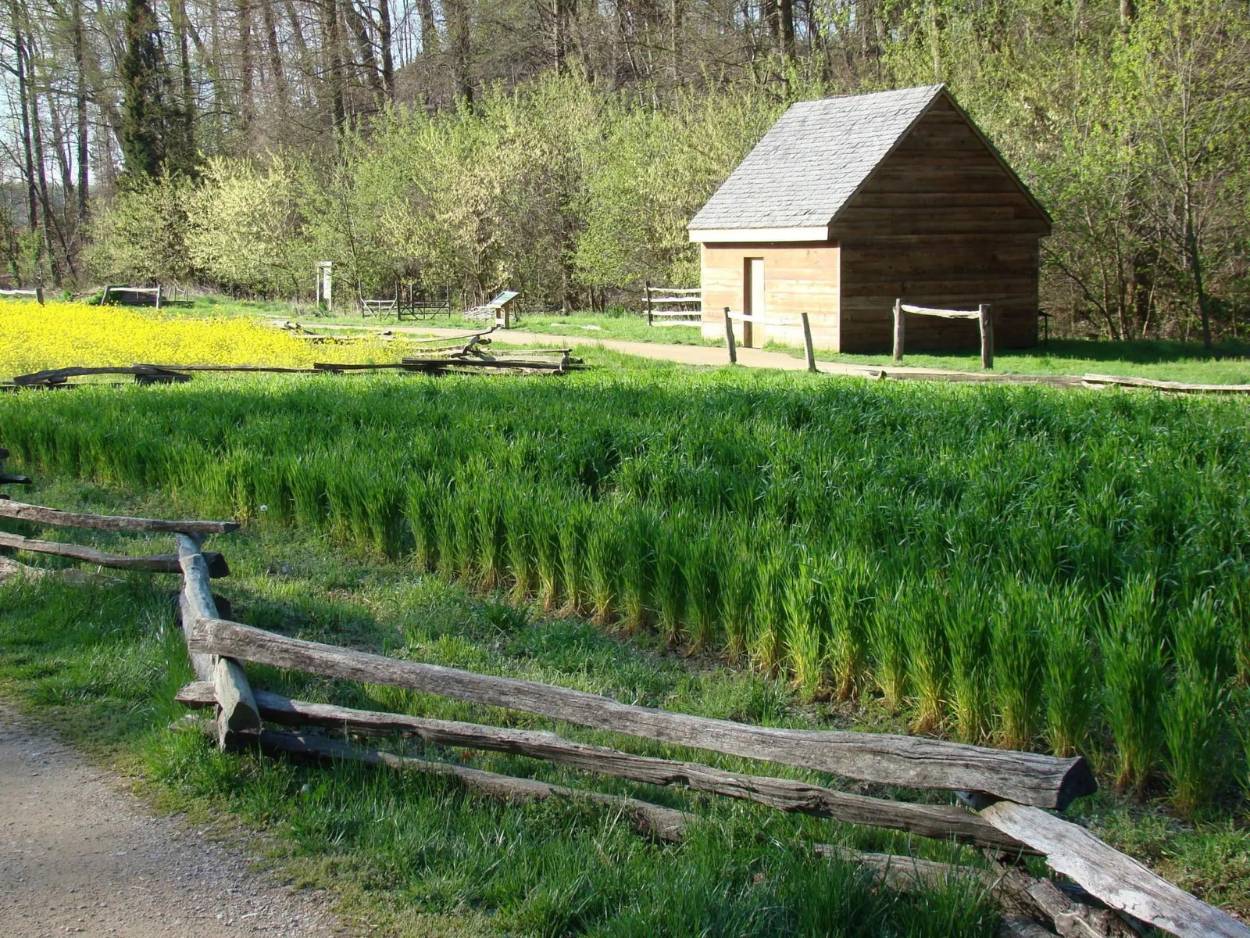

Garden Essentials
Who Developed The Colonial America Crop Rotation System
Modified: March 16, 2024
Discover the origins of the colonial America crop rotation system and its connection to garden cultivation. Learn who developed this innovative agricultural practice.
(Many of the links in this article redirect to a specific reviewed product. Your purchase of these products through affiliate links helps to generate commission for Storables.com, at no extra cost. Learn more)
Introduction
In the early days of colonial America, agriculture played a vital role in the survival and development of the fledgling colonies. However, the lack of advanced agricultural techniques and knowledge posed a challenge to the settlers. One of the key innovations that revolutionized farming practices during this time was the development of the crop rotation system.
Crop rotation was a method that involved systematically changing the crops grown in a particular field over a period of time. This technique helped to improve soil fertility, control pests and diseases, and increase overall crop yields. The colonial America crop rotation system was a significant development that laid the foundation for sustainable and productive agriculture in the new world.
In this article, we will explore the early farming practices in colonial America and delve into the development of the crop rotation system. We will also highlight the key contributors to this system and discuss the impact and benefits it had on agriculture during that time.
Join us on this journey as we uncover the fascinating history and significance of the crop rotation system in colonial America!
Key Takeaways:
- The colonial America crop rotation system, developed by pioneers like Jethro Tull and Charles Townshend, improved soil fertility, reduced pests, and increased crop yields, laying the foundation for sustainable farming.
- Crop rotation in colonial America not only boosted agricultural productivity but also promoted biodiversity, reduced soil erosion, and contributed to the economic growth of the colonies through surplus crop production.
Read more: Who Invented Crop Rotation?
Overview of Crop Rotation
Crop rotation is a farming technique that involves growing different crops in a specific sequence on the same piece of land. This practice is based on the concept that different crops have varying nutrient requirements and can affect the soil in different ways. By rotating crops, farmers can optimize soil health, reduce pest and disease pressure, and improve overall crop productivity.
The main principles of crop rotation include diversifying crop types, preventing the continuous cultivation of the same crop, and strategically alternating between crops with different nutrient needs. This rotation helps to prevent the depletion of specific nutrients, minimize the buildup of pests and diseases, and maintain a balanced soil ecosystem.
There are several types of crop rotation systems, including three-field rotation, four-field rotation, and more complex variations. In these systems, different crops are assigned to specific fields each year or after a certain period, allowing the soil to naturally regenerate and replenish its nutrient levels.
Crop rotation also has additional benefits beyond soil fertility and pest control. It can help reduce the reliance on synthetic fertilizers and pesticides, minimize erosion and soil degradation, and enhance biodiversity on farmlands.
Overall, crop rotation is a sustainable and eco-friendly practice that promotes long-term soil health and ensures the success and resilience of agricultural systems.
Early Farming Practices in Colonial America
In the early days of colonial America, farming was essential for survival and sustenance. However, the settlers faced numerous challenges due to the unfamiliarity with the new environment and limited agricultural knowledge.
When the first European colonists arrived in America, they encountered a vastly different landscape from their homelands. The native soils were diverse and often required extensive clearing and preparation before cultivation. The colonists had to adapt and learn from the Native Americans who were already practicing a form of sustainable agriculture.
Rather than using sophisticated agricultural techniques, the early farming practices in colonial America were characterized by simple and rudimentary methods. The settlers employed hand tools such as hoes and axes to clear the land and cultivate crops manually.
The crops grown in the early colonial farms were primarily meant for subsistence rather than commercial purposes. Corn, wheat, barley, oats, and rye were among the staple crops cultivated by the settlers. These crops provided essential sources of food, livestock feed, and materials for trade.
The farming practices in colonial America were heavily influenced by the agricultural traditions of Europe. The colonists brought with them the knowledge and techniques they had acquired from their respective homelands.
One of the common practices during this time was open-field farming, where large plots of land were divided into strips, each allocated to individual farmers. This communal farming system allowed for efficient land utilization but offered limited control over crop rotation and soil management.
Additionally, the colonists relied on natural fertilizers such as animal manure and crop residue to enrich the soil. They practiced mixed farming, a system where crops and livestock were raised together. Livestock provided manure for fertilization, while crops served as feed for the animals.
While these early farming practices served the immediate needs of the colonial settlers, they were not sustainable in the long run. The continuous cultivation of the same crops led to soil depletion, erosion, and increased vulnerability to pests and diseases.
As the colonies grew and the demand for agricultural products increased, there was a pressing need for more effective farming methods. This led to the development of the crop rotation system, which would revolutionize agriculture in colonial America.
Development of the Colonial America Crop Rotation System
The development of the crop rotation system in colonial America was a significant step forward in improving farming practices and ensuring sustainable agriculture. As the settlers faced the challenges of soil depletion and crop failure, they began experimenting with different approaches to address these issues.
One of the key contributors to the development of the crop rotation system was Jethro Tull, an English agriculturalist. His innovative ideas and inventions greatly influenced agricultural practices in colonial America. Tull advocated for the use of horse-drawn seed drills, which not only increased efficiency but also allowed for more precise planting and spacing of crops.
Another influential figure was Charles Townshend, an English farmer and statesman, who popularized a four-field rotation system in the 18th century. This system involved dividing the arable land into four fields: one for spring crops like barley and oats, one for winter crops like wheat and rye, one for a leguminous crop like peas or beans, and one left fallow.
The inclusion of a leguminous crop in the rotation had a profound impact on soil fertility. These crops, such as peas and beans, have the ability to fix nitrogen from the air and replenish it in the soil, making it available for future crops. The practice of including legumes in crop rotation became widespread in colonial America as it helped to improve the overall health and productivity of the soil.
Other variations of crop rotation also emerged during this time. Some farmers adopted a three-field rotation system, where they alternated between fallow, cereal crops, and leguminous crops. Others introduced more complex rotations, involving additional crops such as turnips or clover.
The colonial America crop rotation system was not limited to field crops alone. Livestock played a crucial role in the rotation, as they grazed on the fallow fields and provided manure for fertilization. The integration of crops and livestock in a rotational system ensured a sustainable balance between soil fertility and animal production.
Over time, the colonial farmers refined and adapted the crop rotation system to suit their specific regions and needs. They carefully observed the effects of different crops on soil health, pests, and yields, fine-tuning the rotation based on their empirical knowledge.
The development of the crop rotation system was a monumental achievement in colonial America. It not only addressed the challenges of soil depletion and crop failure but also promoted sustainable agricultural practices. The reliance on artificial fertilizers and pesticides was reduced, leading to more environmentally friendly farming methods.
Furthermore, the crop rotation system increased overall crop yields, allowing the colonies to produce surplus crops for trading and export. This contributed to the economic growth and prosperity of colonial America.
Overall, the development and adoption of the crop rotation system in colonial America revolutionized farming practices, ensuring long-term agricultural sustainability and laying the foundation for future advancements in agriculture.
The colonial America crop rotation system was developed by George Washington Carver, a prominent agricultural scientist and inventor. He promoted the use of crop rotation to improve soil fertility and crop yields.
Key Contributors to the Crop Rotation System
The development of the crop rotation system in colonial America was a collaborative effort, shaped by the contributions of various individuals who brought their knowledge and innovative ideas to the agricultural landscape. These key contributors played a crucial role in advancing and popularizing the concept of crop rotation.
Jethro Tull was one of the early pioneers in agricultural innovation. His invention of the horse-drawn seed drill revolutionized the process of planting crops. The seed drill allowed for more accurate and efficient sowing of seeds, improving crop yields and reducing wastage. Tull’s invention had a profound impact on the adoption of crop rotation, as it facilitated the precise planting of crops in a systematic and organized manner.
Charles Townshend, known as “Turnip Townshend,” was another significant figure in the development of the crop rotation system. He popularized a four-field rotation system that involved dividing the arable land into four fields dedicated to different crops. This rotation system introduced the concept of including a leguminous crop, such as peas or beans, in the rotation. The legumes helped replenish the soil with nitrogen, promoting soil fertility and improving overall crop yields.
Another notable contributor was Robert Bakewell, an English agriculturalist who focused on livestock breeding. Through selective breeding, Bakewell developed improved breeds of livestock that were better suited for specific purposes, such as meat production or milk production. The integration of livestock into the crop rotation system was essential for maintaining soil fertility and providing valuable manure for fertilization.
Furthermore, the Native Americans played a significant role in influencing colonial farmers’ understanding of sustainable agriculture. Native American farming techniques, such as intercropping, companion planting, and the use of natural amendments, greatly influenced the early settlers and shaped their approach to cultivation. The knowledge shared by the Native Americans served as a foundation for the development of more sophisticated crop rotation systems.
Thomas Jefferson, one of America’s founding fathers, also made significant contributions to agriculture and the development of crop rotation. He experimented with various crop rotation systems and wrote extensively about his findings and experiences. Jefferson believed in the importance of sustainable agriculture and sought to promote innovative farming practices.
These key contributors, along with many others, collectively contributed to the development and popularization of the crop rotation system in colonial America. Through their experiments, inventions, and systematic approach to farming, they laid the groundwork for sustainable agriculture, ensuring the long-term success and productivity of the colonies’ agricultural endeavors.
Read more: Who Invented The Crop Rotation System
Impact and Benefits of Crop Rotation in Colonial America
The adoption of the crop rotation system had a profound impact on agriculture in colonial America. This innovative farming practice brought about various benefits that not only improved crop yields but also ensured the long-term sustainability of farming operations.
One of the significant impacts of crop rotation was improved soil fertility. By rotating crops and including leguminous plants in the rotation, colonial farmers effectively restored vital nutrients to the soil. Leguminous crops fix nitrogen in the soil, reducing the need for synthetic fertilizers and promoting healthier plant growth. This enhanced soil fertility contributed to increased crop yields and improved the overall productivity of the farmland.
Crop rotation also played a crucial role in pest and disease management. When the same crop is continuously grown in the same field, pests and diseases can build up and spread rapidly. By rotating crops, colonial farmers disrupted pest and disease cycles, reducing their prevalence and impact. This reduced the reliance on chemical pesticides and minimized the risk of crop failures due to infestations or outbreaks, ensuring more consistent and reliable harvests.
Another benefit of crop rotation was the reduction of soil erosion. Different crops have varying root structures and growth habits, some of which are more effective at preventing soil erosion than others. By incorporating deep-rooted crops like alfalfa or clover into the rotation, colonial farmers reduced soil erosion by anchoring the soil with their extensive root systems. This helped preserve the topsoil, which is crucial for plant nutrition and long-term agricultural viability.
Crop rotation also enhanced the biodiversity of colonial farmlands. By growing a diverse range of crops, farmers provided habitats and food sources for a variety of beneficial organisms, such as pollinators and predatory insects. This, in turn, contributed to natural pest control and promoted ecological balance within the farming ecosystem.
Furthermore, crop rotation allowed for improved water management. Different crops have varying water requirements, and by strategically rotating crops, colonial farmers optimized water usage. For example, crops with higher water requirements could be rotated with drought-tolerant crops, reducing the strain on water resources and improving overall water efficiency.
From an economic standpoint, crop rotation had a significant impact on the colonial agricultural economy. By increasing crop yields and reducing the risk of crop failure, farmers could produce surplus crops for trading and export. This not only contributed to the economic growth of the colonies but also helped establish agriculture as a viable and profitable industry.
In summary, the adoption of the crop rotation system brought about numerous benefits in colonial America. Improved soil fertility, pest and disease management, reduced soil erosion, enhanced biodiversity, and efficient water usage were just a few of the advantages enjoyed by the colonial farmers. This innovative practice transformed agriculture, ensuring the long-term sustainability and productivity of the colonies’ farming operations, and laid the foundation for modern farming techniques that are still in use today.
Conclusion
The development and widespread adoption of the crop rotation system in colonial America marked a significant milestone in the history of agriculture. It revolutionized farming practices, ensuring sustainable and productive cultivation methods that laid the foundation for the agricultural industry we know today.
In colonial America, early farming practices were rudimentary and faced numerous challenges, including soil depletion and crop failure. It was through the ingenuity and collaboration of key contributors like Jethro Tull, Charles Townshend, Robert Bakewell, and the influence of Native American farming techniques, that the crop rotation system came to fruition.
Crop rotation brought about a multitude of benefits to farming in colonial America. It improved soil fertility, replenished nutrients, and reduced reliance on synthetic fertilizers. By disrupting pest and disease cycles, crop rotation reduced the risks of infestations and crop failure, minimizing the need for chemical pesticides.
Moreover, crop rotation helped to mitigate soil erosion and enhance water management. The practice of rotating crops with different root systems and water requirements allowed for better soil preservation and efficient use of water resources.
Crop rotation also promoted biodiversity, creating habitats for beneficial organisms and promoting natural pest control within the farming ecosystem. This not only contributed to ecological balance but also reduced the need for additional pest management techniques.
From an economic perspective, crop rotation played a crucial role in the growth of the colonial agricultural industry. It led to increased crop yields, reduced risks of crop failure, and the ability to produce surplus crops for trade and export. This contributed to the economic prosperity and development of colonial America.
In conclusion, the development of the crop rotation system in colonial America was a game-changer in agriculture. It brought about improved soil fertility, pest and disease management, reduced soil erosion, efficient water usage, enhanced biodiversity, and economic prosperity. The innovative practices of the early settlers laid the foundation for sustainable and productive farming methods that continue to be used and refined to this day.
As we reflect on the impact of crop rotation in colonial America, we can appreciate its enduring legacy in shaping modern agricultural practices. Through the knowledge and innovation of those pioneers, we have inherited a wealth of wisdom in sustaining our land and cultivating bountiful harvests for generations to come.
Frequently Asked Questions about Who Developed The Colonial America Crop Rotation System
Was this page helpful?
At Storables.com, we guarantee accurate and reliable information. Our content, validated by Expert Board Contributors, is crafted following stringent Editorial Policies. We're committed to providing you with well-researched, expert-backed insights for all your informational needs.
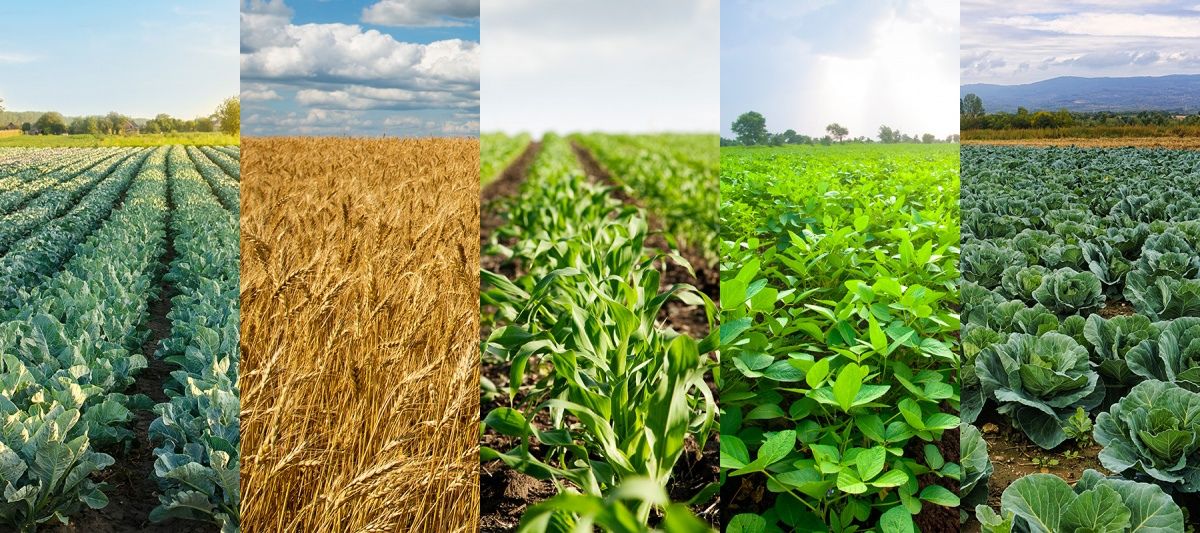
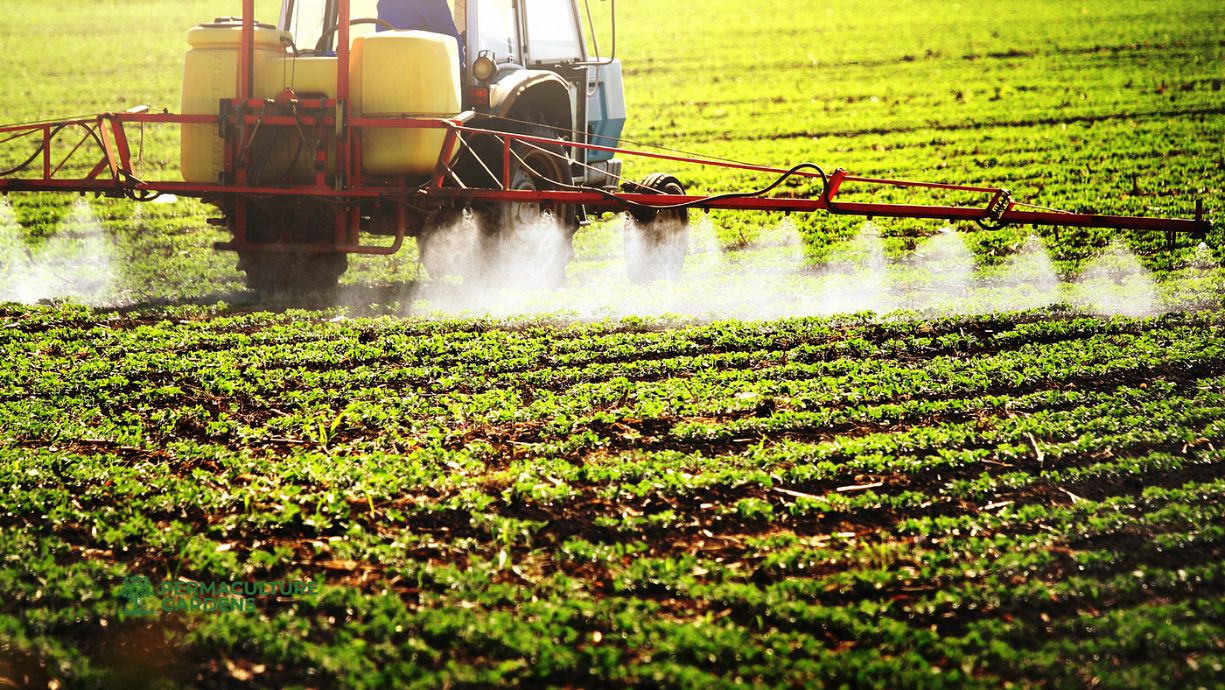



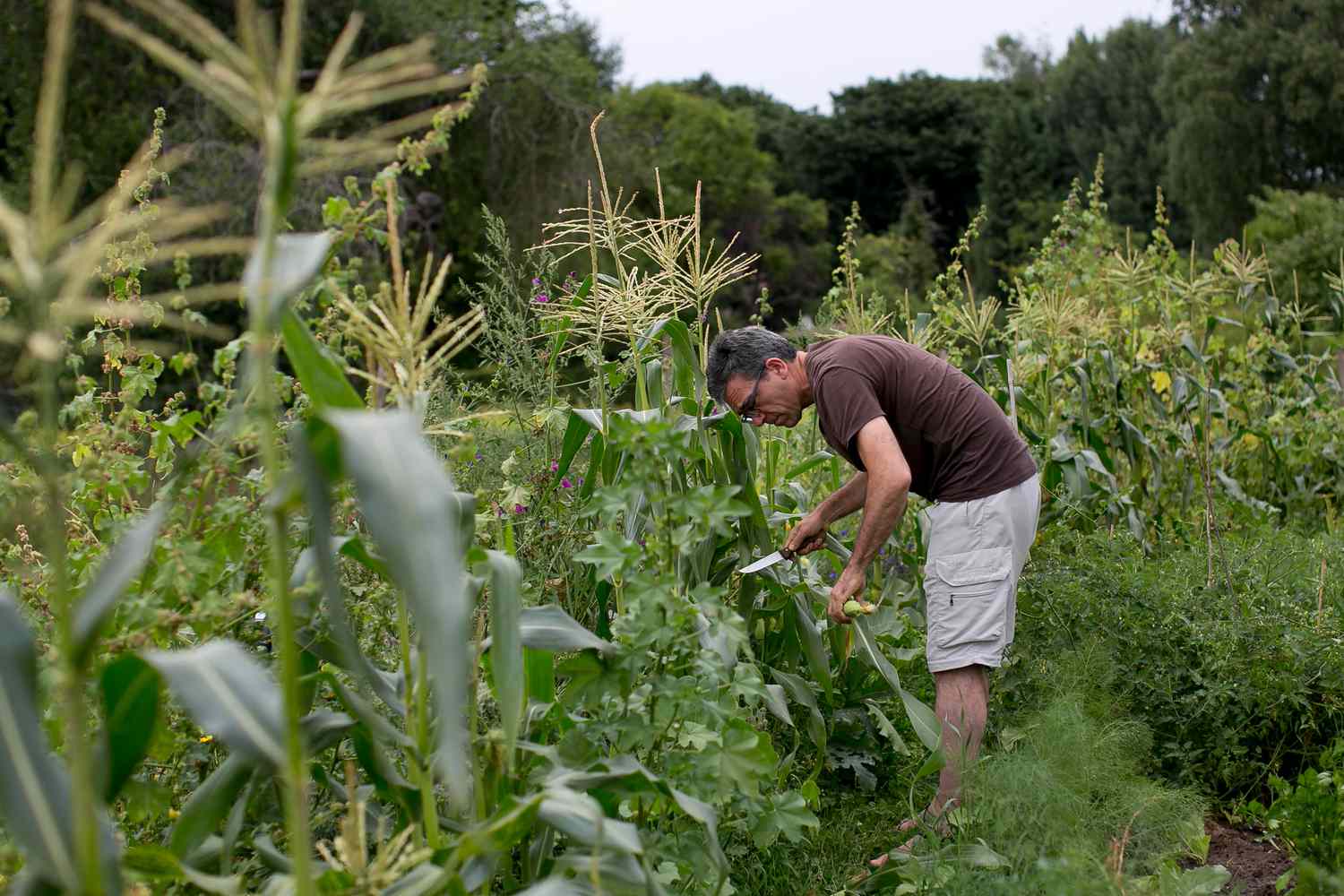
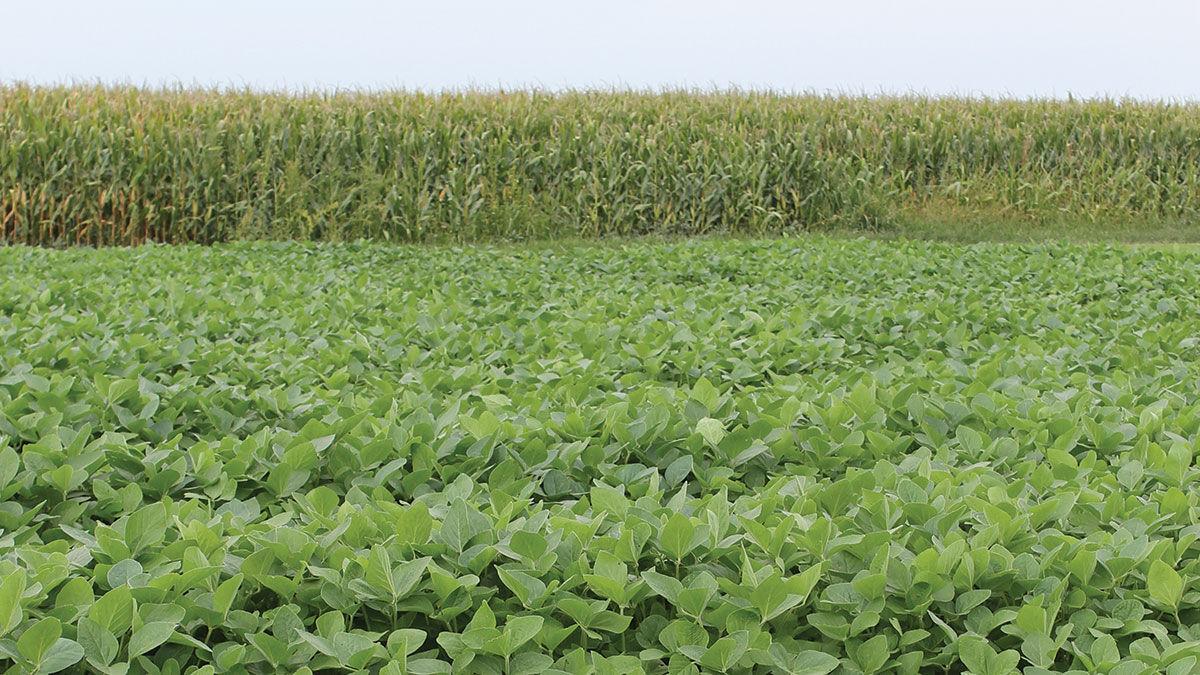


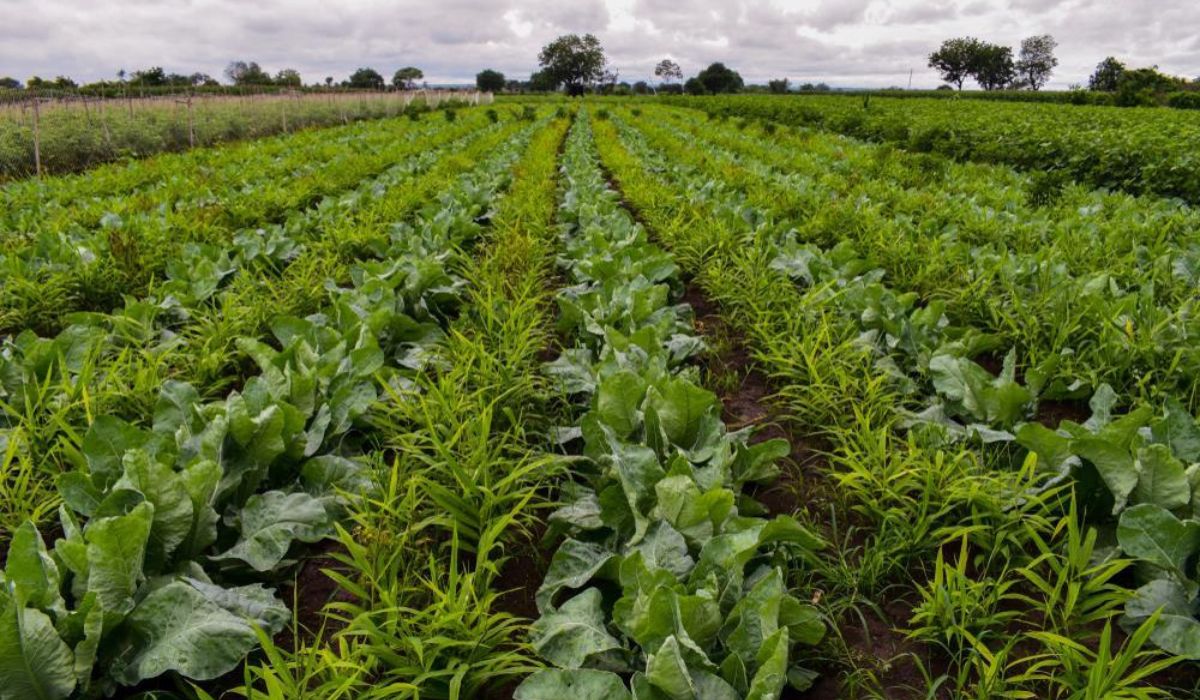

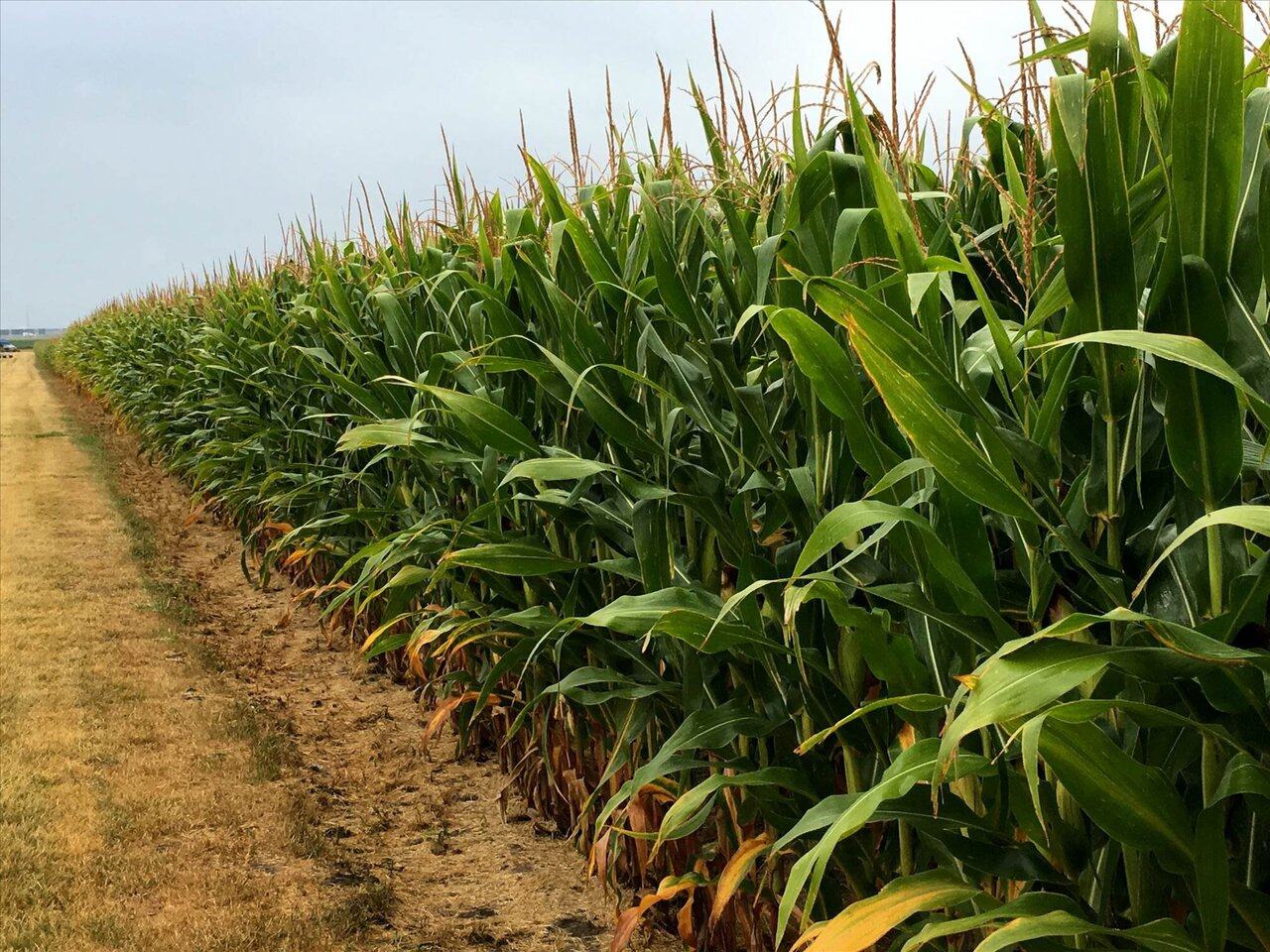
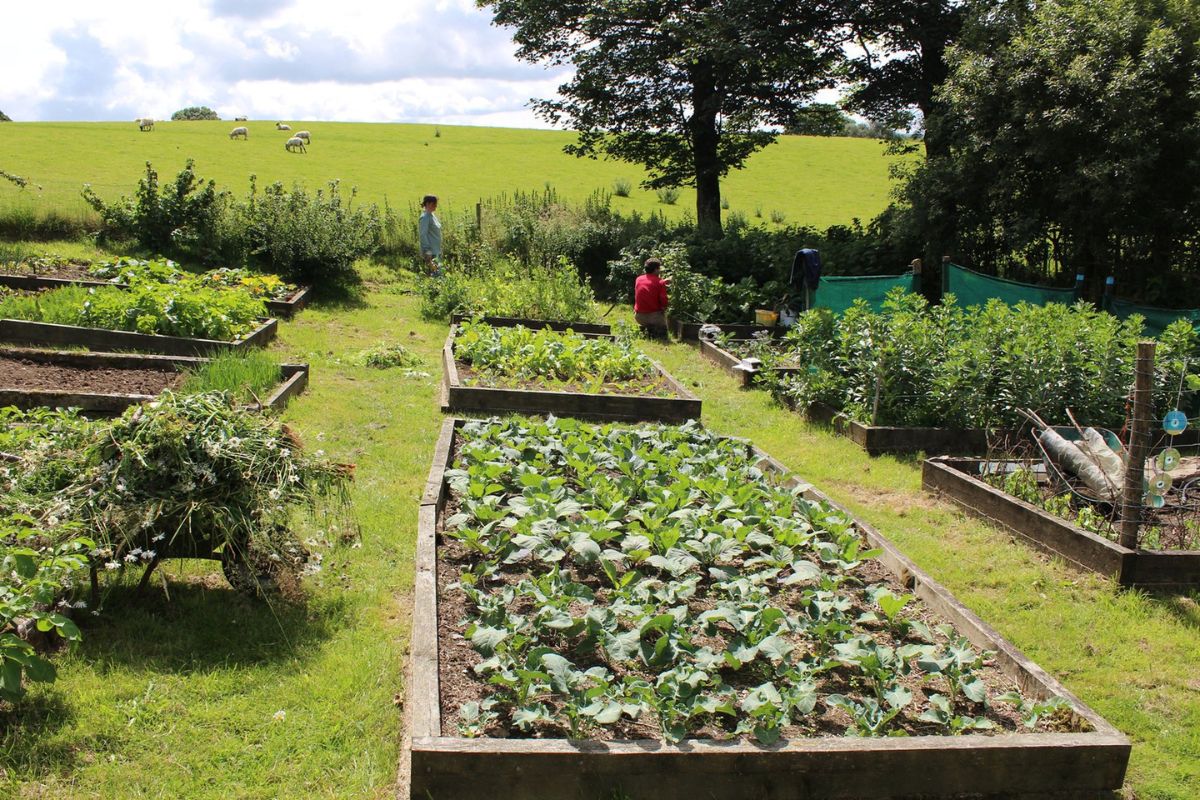


0 thoughts on “Who Developed The Colonial America Crop Rotation System”